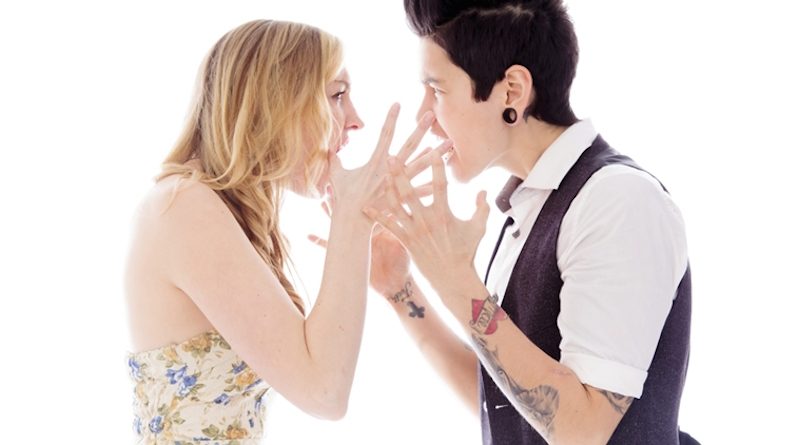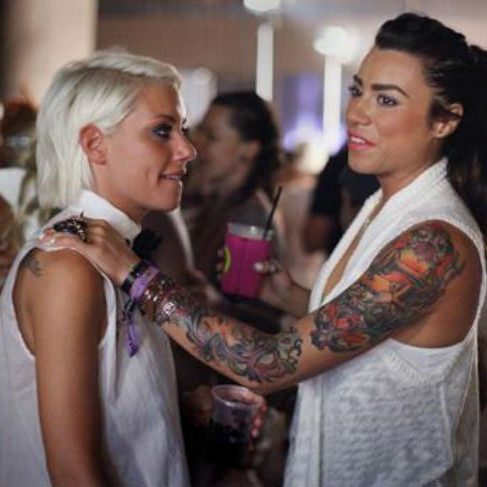
While everyone has issues that arise in relationships, some women have toxic relationship patterns that pull us in and push us away.
One minute we were laughing over dinner, the next minute she was berating me as if I were a disobedient child. In front of other people she was attentive, and flamboyantly picked up the tab for everyone’s meal. When we were alone, she was aggressive, condescending, and kept track of how much we each spent down to the cent.
Life with Lexi was an addictive cycle of highs and lows that ate away at my sense of who I was. I told myself that I stayed because I was in love. After moving out and moving on, I looked inward and began to untangle my role in the most toxic relationship I’d ever been in.
One of my biggest aha moments came when my therapist introduced me to the concept of intermittent reinforcement. Scientists discovered the biological power of intermittent reinforcement in observing mice. In an experiment, mice pressed a lever and a morsel of food was delivered. In this consistent practice, the mice eventually got full and stopped pressing the lever. Then researchers changed the pattern; sometimes when the lever was pressed food was delivered, sometimes it was not.
The desired object (food) was intermittently reinforced. The mice not only pressed the lever obsessively, but they did so until they injured themselves from all the pressing. The fear of not receiving the reward was so strong they harmed themselves just for the chance of getting it. When intermittent reinforcement is used in relationships, periods of love and affection are alternated with periods of abuse, neglect, and creating fear of losing the relationship. Here are 3 signs that toxic relationship patterns like intermittent reinforcement are at play.
Toxic patterns repeat over time.
Three common unhealthy relationship patterns are contempt, lack of empathy, and manipulation. Since everyone makes mistakes, we can look at a person’s behaviour pattern over time to determine if there is toxicity in the relationship. Chances are if you are experiencing one of these in your relationship over a period of time, the relationship has become unhealthy.
We got into a relationship when we weren’t in a good place.
One of the reasons why we get sucked into toxic relationships is because we are vulnerable to them in some way. According to Sandra Brown, author of Women Who Love Psychopaths, we are drawn to toxic relationships often because we begin the relationship when we are impaired: grieving, dealing with multiple losses, long-term stress, loneliness, boredom, and experiencing residual depression or grief. Without our confidence and swagger, we are blocked from noticing red flags and tend to lose our voice.
She has more than issues.
We all have issues that we work with. But when she shows chameleon-like behaviour, blaming, over entitlement, exploitation, tiptoeing due to hypersensitivity within the relationship, master-level projecting, seeing people as all good or all bad, and chronic high control, chances are you’re dealing with a toxic person. These behaviours are toxic and beyond the day to day issues.
Many times, we have internal triggers that, when activated, latch us onto another person. In my toxic relationship with Lexi, I realized that I was engaging in unhealthy behaviours myself that kept me in the relationship far longer than was healthy for me. The most empowering thing we can do when we realize we’re in a toxic relationship is to acknowledge it and examine our own role in getting sucked into unhealthy patterns in the first place.






